Industrial ventilation systems are among the most effective solutions used to remove dust, smoke, gas, and harmful particles generated in production facilities from the environment. These systems both protect the health of employees and help ensure occupational safety standards. They also contribute to machines operating more efficiently, thereby improving production quality.
Ventilation technologies used in modern industrial plants not only expel polluted air but also create a balanced air circulation in the environment. In this way, energy savings are achieved while a more comfortable and safe working area is created within the facility. In particular, high-flow fans and local extraction systems provide more effective results by offering solutions at the source.
In factories, workshops, and agricultural production facilities with large spaces, industrial ventilation systems are indispensable. With regular maintenance and proper design, these systems operate effectively for many years. Thus, occupational accidents are prevented and business owners achieve a more sustainable and efficient production process.
Why Are Industrial Ventilation Systems Necessary?
Industrial ventilation systems are one of the fundamental elements of creating a healthy working environment in production areas. Factors such as smoke, dust, gas, and heat that arise in factories, workshops, and industrial kitchens directly affect not only worker health but also production efficiency. A properly designed ventilation system eliminates these adverse effects and provides a safe and sustainable work environment.
Reasons Industrial Ventilation Systems Are Necessary
- Protect worker health and prevent occupational diseases
- Expel harmful gases and chemical vapors accumulated in the environment
- Minimize the risk of fire and explosion
- Increase energy efficiency and reduce operating costs
- Extend the lifespan of machinery and equipment, reducing maintenance expenses
- Create a production area that complies with legal standards
In modern production practices, ventilation systems have become not just an option but a necessity. For employers, these systems are a critical investment not only to guarantee employee health but also for the long-term success and sustainability of the business. Thanks to a quality ventilation infrastructure, both productivity increases and the working environment remains safe at all times.
Which Ventilation Systems Are Used in Factories?
The ventilation systems used in factories are specially designed to control elements such as dust, smoke, gas, and heat that arise during production processes. Among the most common solutions are general (dilution) ventilation systems. These systems distribute fresh air into the environment, expel polluted indoor air, and provide a homogeneous airflow. Especially in large production facilities, continuous air renewal plays a critical role in protecting employee health and increasing production quality.
Another important option is local (source) ventilation systems. This approach aims to control the pollutant directly at its source. For example, local extractors installed in areas with intense welding fumes, paint vapors, or chemical gases capture hazardous air at the source and remove it from the environment. Thus, the overall air in the factory remains clean and occupational safety standards are met more effectively.
In addition, filtration and HVAC systems used in modern factories complement ventilation solutions. High-efficiency filters provide clean air by trapping even the smallest particles. Systems that provide air-conditioning and humidity control contribute both to the stable operation of production lines and to a more comfortable environment for employees. Thanks to these integrated structures, factories achieve increased efficiency and a sustainable working environment in the long term.
Energy-Efficient Ventilation Systems
Energy-efficient ventilation systems help businesses both fulfill their environmental responsibilities and reduce their costs. Properly designed, these systems not only clean the air but also optimize energy consumption to create a sustainable production environment. In this way, employee health is protected while businesses achieve significant long-term savings.
Energy-Efficient Ventilation Systems
- Minimize energy loss with heat-recovery systems
- Operate only in areas of need thanks to smart sensors
- Optimize energy consumption by using variable-speed fans
- Integrate natural ventilation methods with mechanical systems
- Reduce energy use while maintaining airflow with high-efficiency filters
- Increase machine performance with air-conditioning and humidity control
For today’s factories and industrial facilities, energy-saving ventilation systems have become a necessity rather than a choice. Although they may appear slightly more costly at the investment stage, the long-term savings and efficiency they provide prove the value of these technologies. They also offer an environmentally sensitive approach, strengthening the company’s brand image.
Installation Costs of Industrial Ventilation Systems
The installation costs of industrial ventilation systems vary according to the size of the facility, the technology used, and the required air capacity. While simpler solutions are sufficient for small-scale businesses, large factories prefer custom designs and high-capacity systems. Therefore, cost planning should be carried out separately for each facility.
One of the most important factors in the installation process is the quality of the equipment used. Although high-efficiency fans, durable filters, and automation-supported control systems increase the cost, they provide advantages to businesses in the long run through energy savings and reduced maintenance needs. While it may seem like a high investment in the short term, the payback period is quite fast.
Another factor affecting costs is the degree of installation difficulty. Integrating the system into existing buildings may require more labor and technical detail. In newly constructed facilities, installation costs are more balanced because the ventilation system is planned at the design stage. Therefore, proper engineering work helps make the process both economical and efficient.
In addition, the total cost for businesses is not limited to the installation fee alone. Periodic maintenance, filter replacements, and energy consumption should also be taken into account. At this point, opting for highly energy-efficient systems slightly increases the initial cost but significantly reduces long-term operating expenses. In this way, a strong balance is achieved in terms of both occupational safety and economic sustainability.

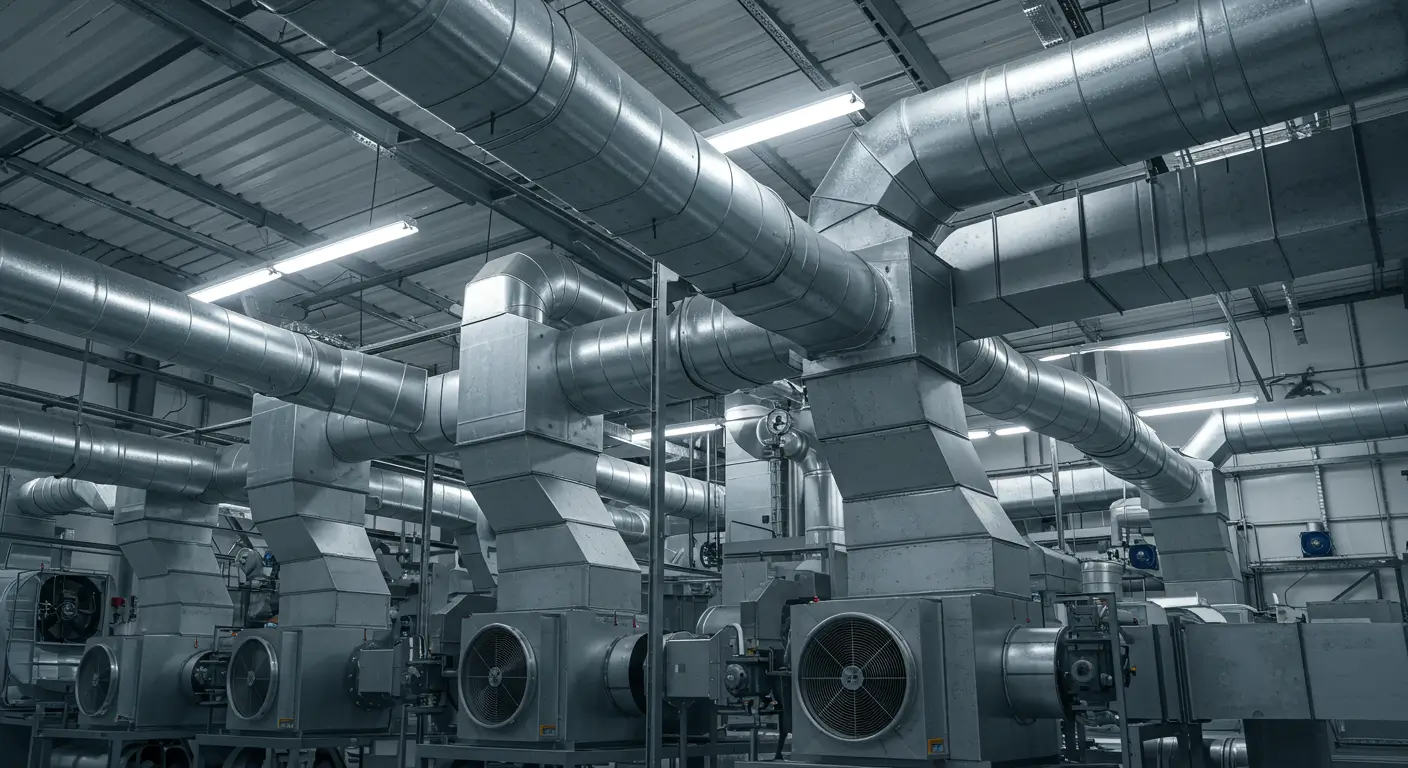
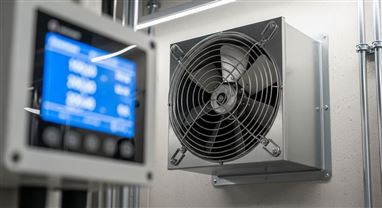

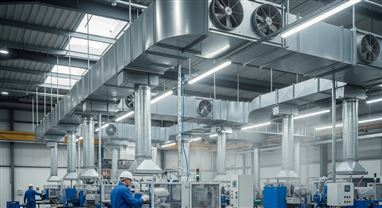
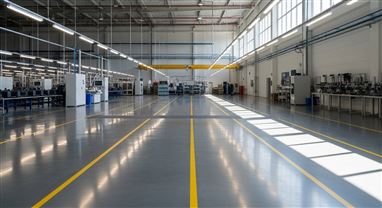
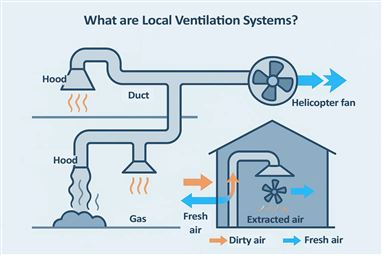




Leave a Comment